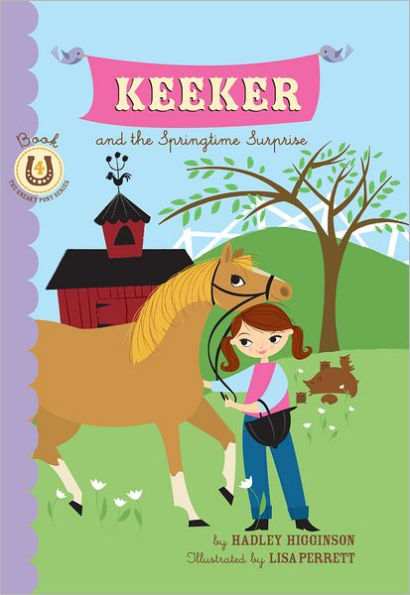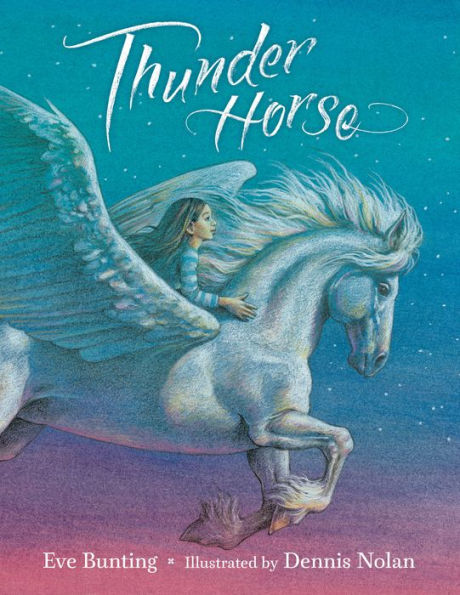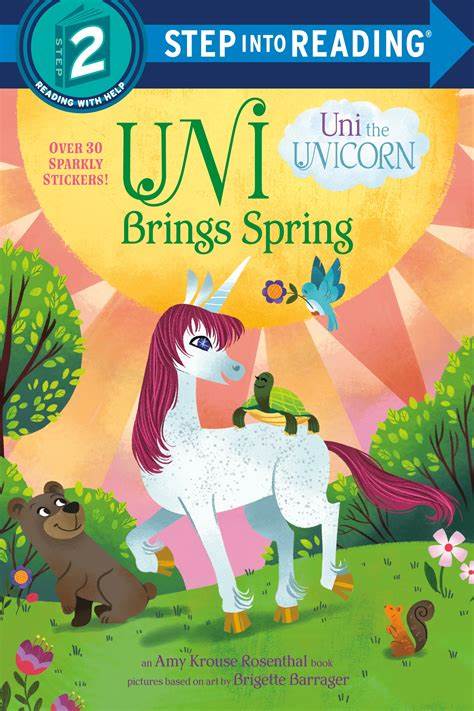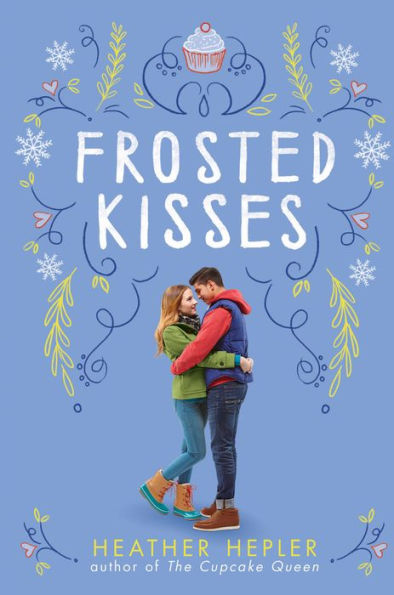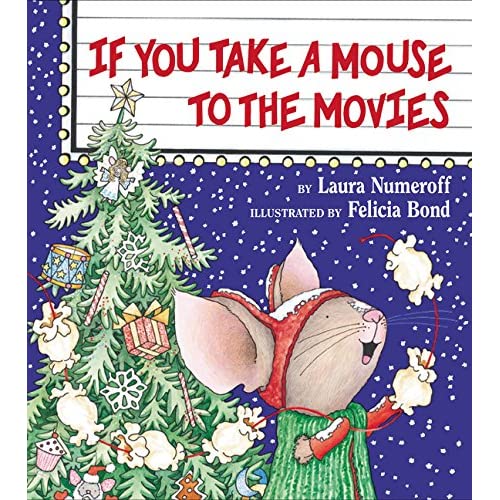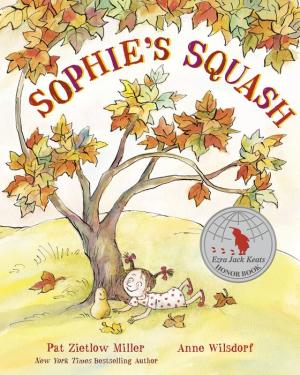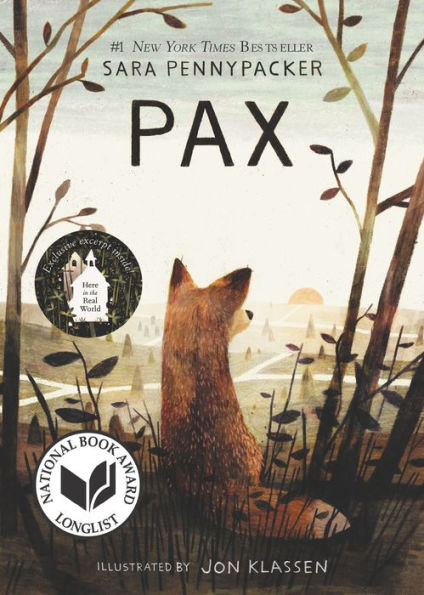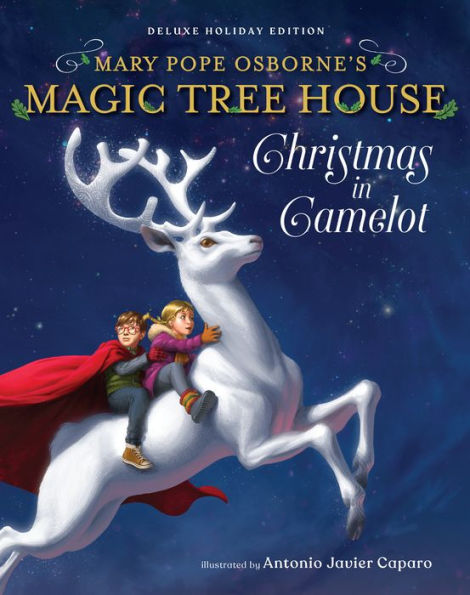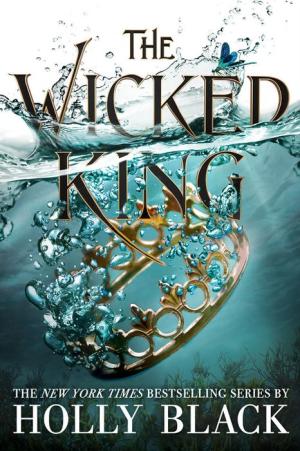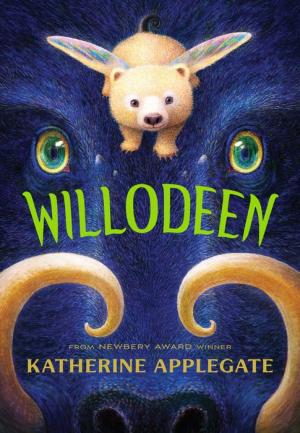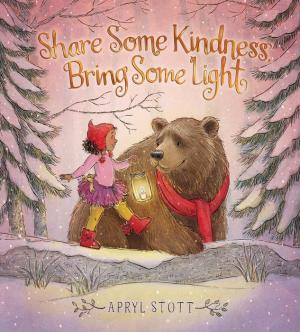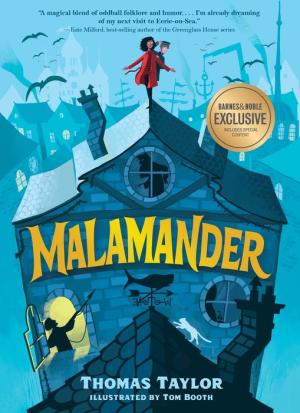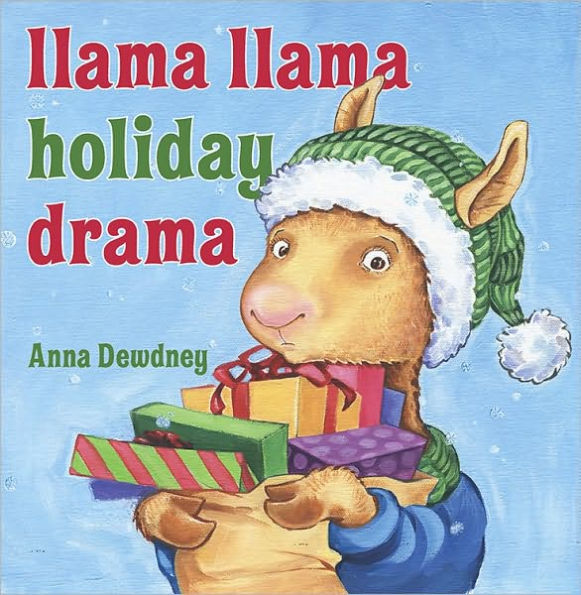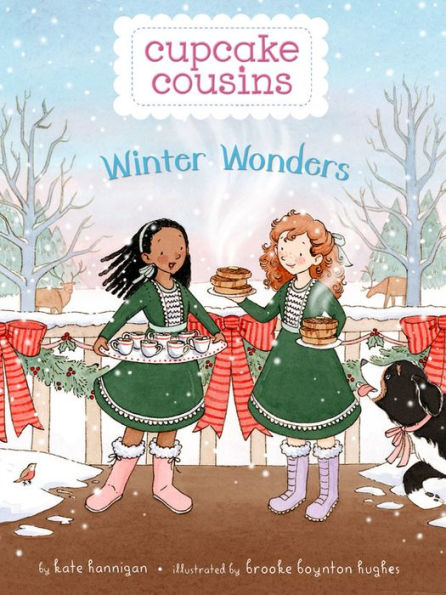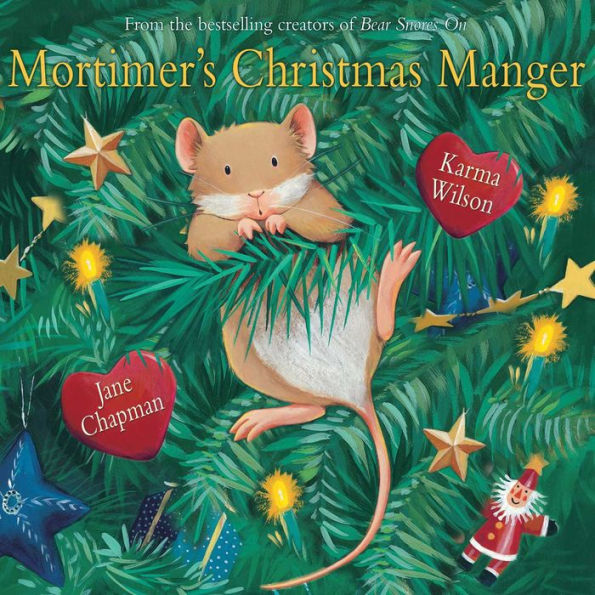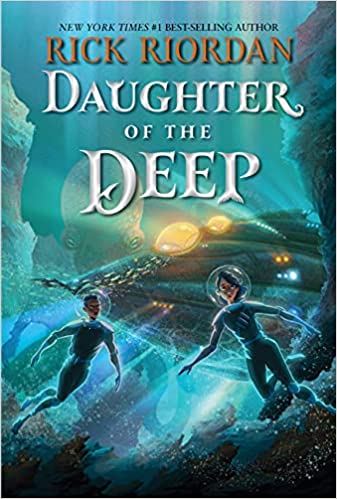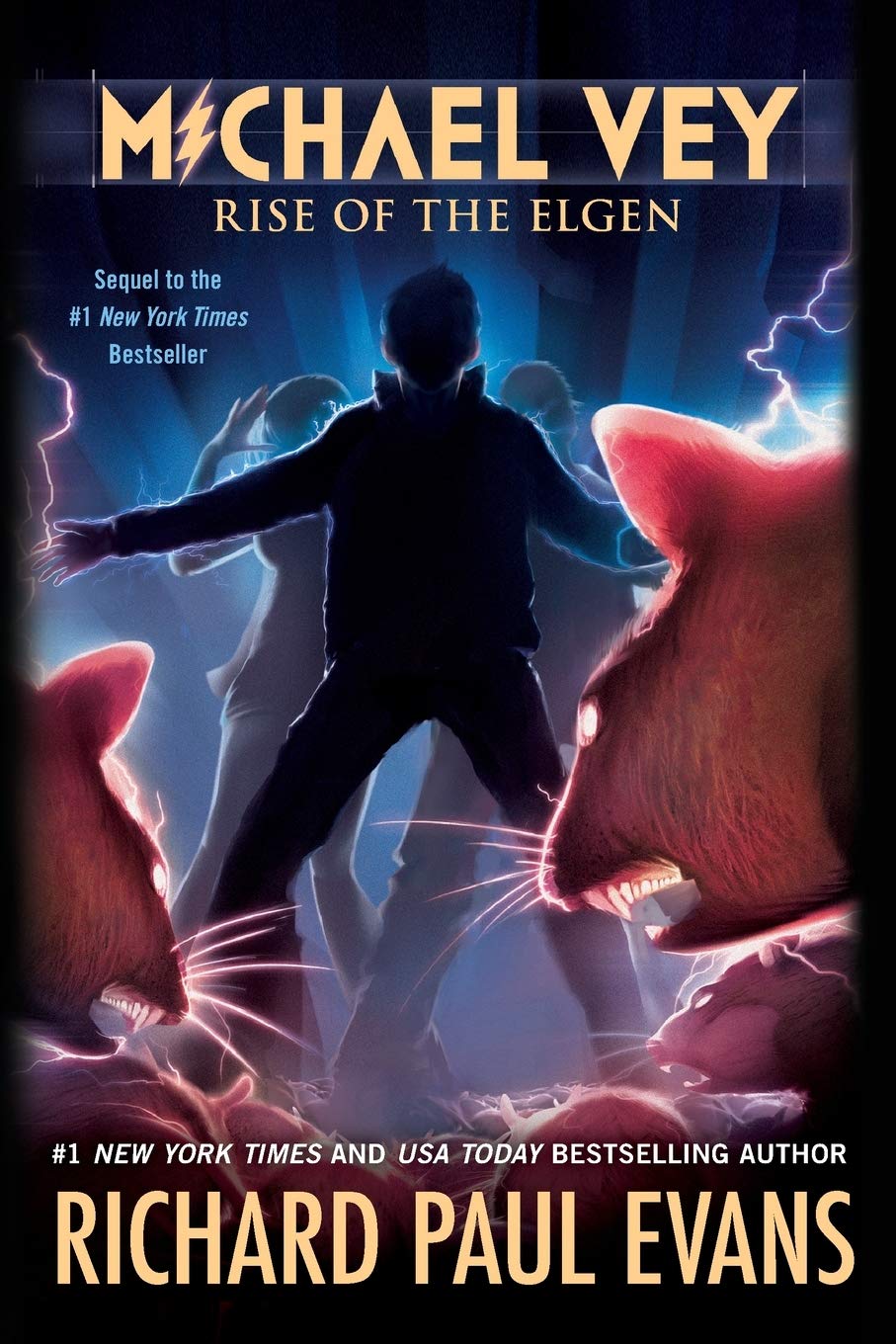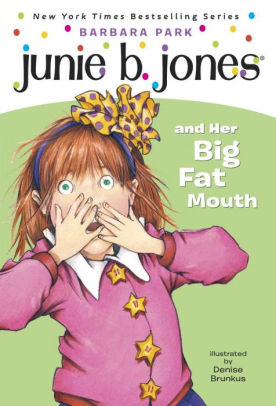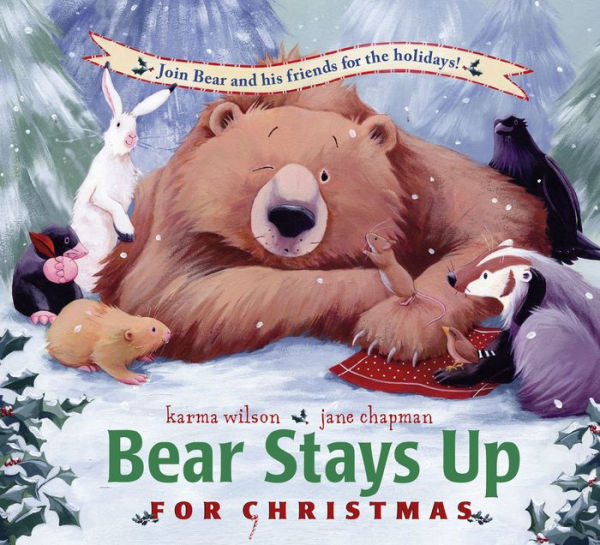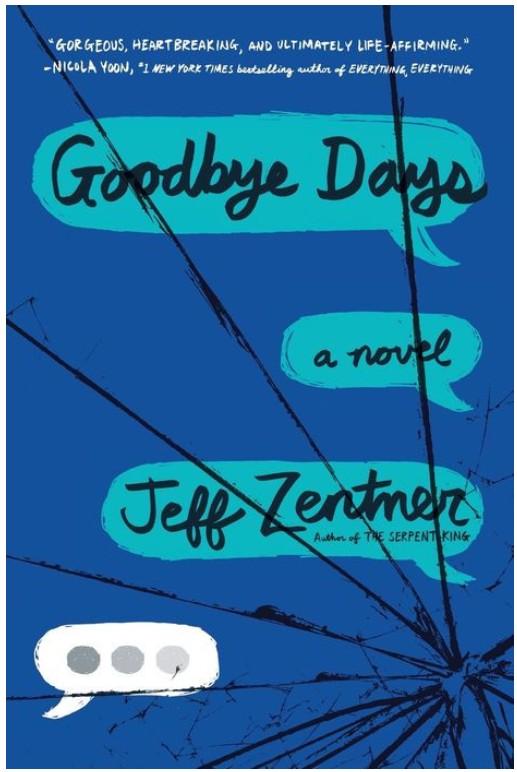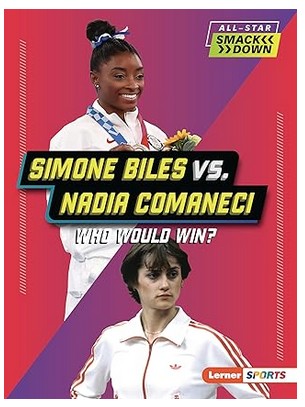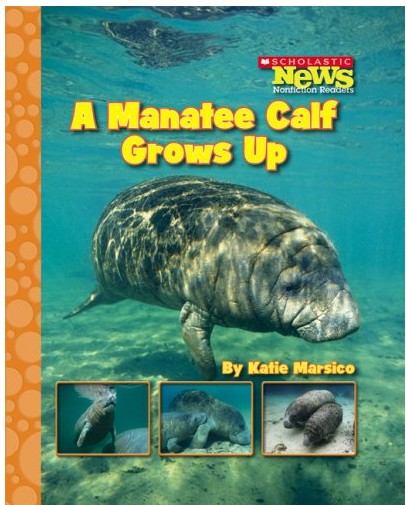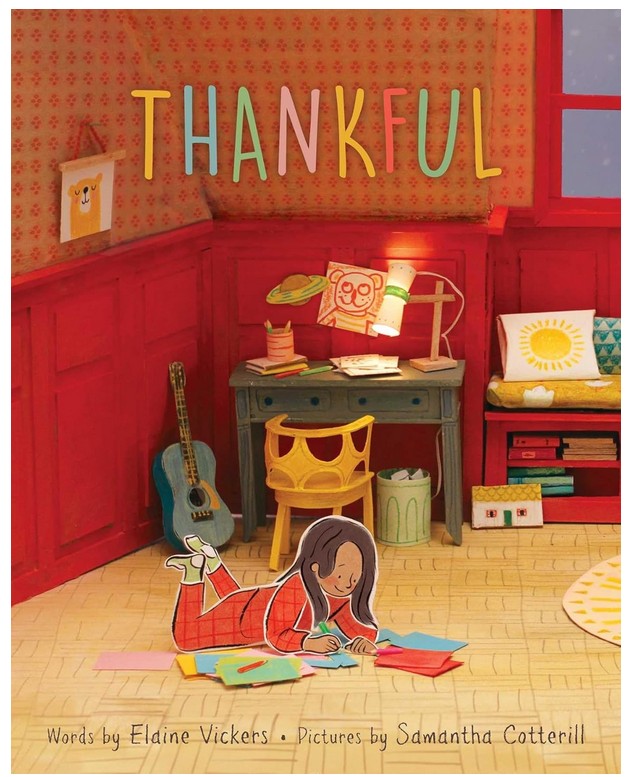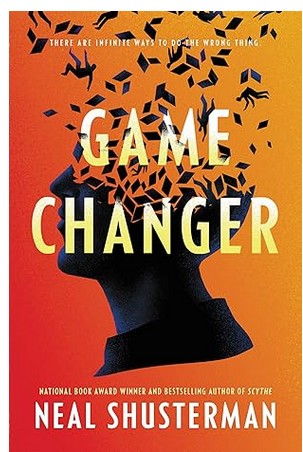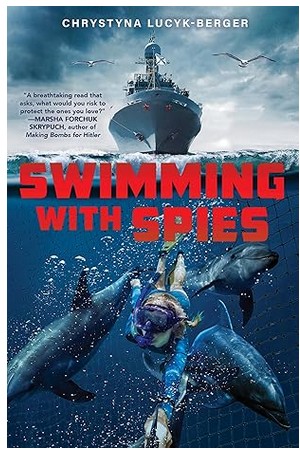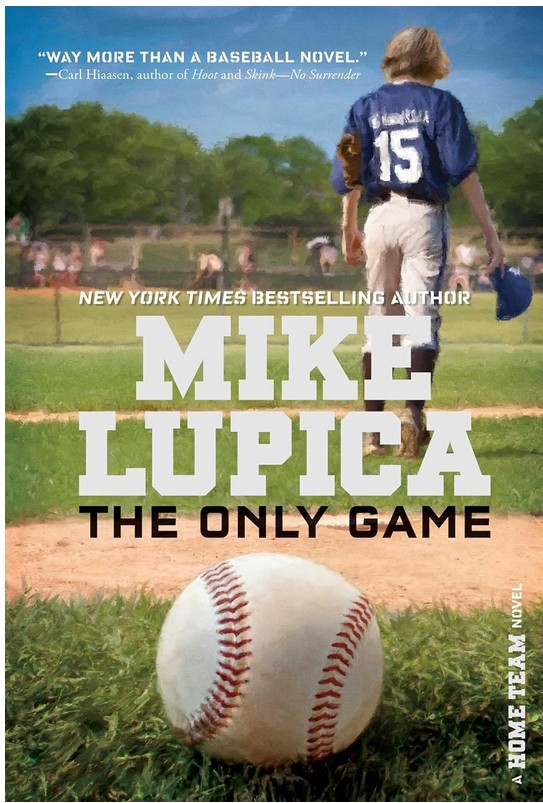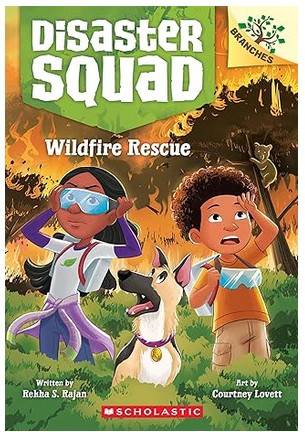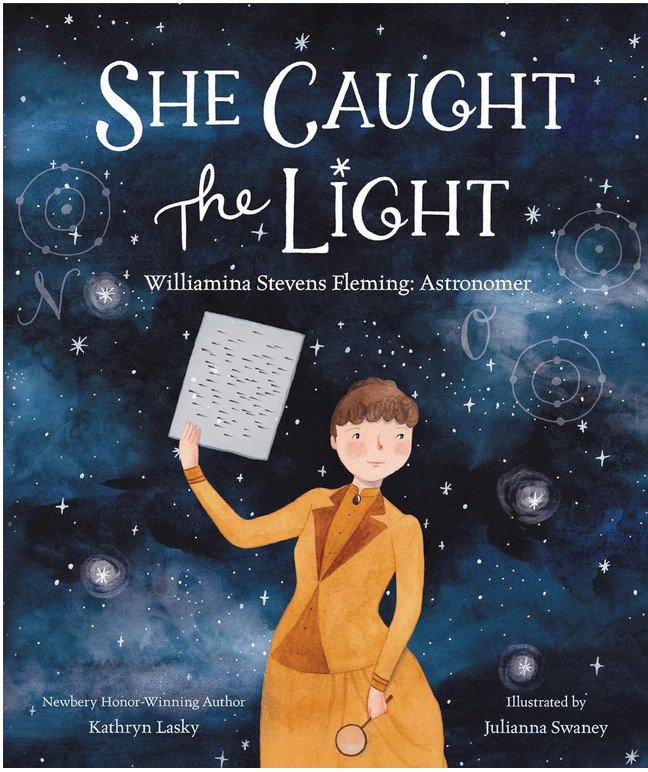Twelve-year-old Peter regrets when he and his father abandon Pax, his pet fox, in a forest two hundred miles away from home. Pax has been part of their family since Peter lost his mother five years ago, and the two friends were inseparable. To Peter, “leaving Pax hadn’t been the right thing to do” so he sets out to bring Pax home. Not far into his journey, Peter fractures his foot, and Vola, a veteran who lost a leg and knows the cost of war, forces him to stay at her cabin until he can walk again.
Pax, with the help of the local foxes, travels through the forest to find Peter. At first, he struggles with living in the wild, but he befriends Bristle and Runt, who teach him about hunting and survival. However, the foxes get into a tiff with soldiers, including Peter’s father, who is gearing up for an unspecified war. As Peter and Pax try to reunite, they are changed by their experiences.
Each chapter alternates between Peter’s and Pax’s perspectives, which allows the reader to understand their bond. In Pax’s point of view, the foxes speak in italics because “fox communication is a complex system of vocalization, gesture, scent, and expression.” The “dialogue” in italics attempts to translate their eloquent language. Switching the point of view adds interest to the overall narrative as the main characters reflect on the five years they have known each other.
Peter faces his limits but resolves to find Pax amongst a brewing war. Peter’s recovery time with Vola helps him gather his scattered thoughts and focus on finding peace within himself, his relationship with his father, and his relationship with his late mother. Older elementary school readers will relate to Peter, who must consider if he should leave Pax in the forest, effectively putting his childhood behind him, or keep Pax and move forward without knowing their future. By the end of the story, Peter learns that “his fox belonged to [Bristle and Runt]. And they belonged to Pax. Inseparable.”
While Pax has several light-hearted moments, it hits on grim topics, including war, death, grief, and betrayal. The descriptive, violent content may shock sensitive readers. Even though there are minimal effects of war on the humans, the foxes are threatened with violence at every turn. Despite this, the story’s slow pacing gives respect for each character. In the end, Peter has found his peace, and Pax has found another place to belong. The story’s conclusion is bittersweet; nonetheless, it demonstrates the inseparable, yet distanced friendship between Peter and Pax.
Pax is a raw and entertaining story suited for more mature readers. The alternating chapters begin with an illustration of Peter or Pax, and other black and white illusions are clustered in the beginning, middle, and end. The illustrations will help readers visualize the story’s characters and events. Readers looking for a compelling, but tamer story about how war affects animals should read Survival Tails: World War II by Katrina Charman and Judy, Prisoner of War by Laurie Calkhoven.
Sexual Content
Violence
- Gray, an older fox, mentions, “When the war-sick arrive here, [his] family will have to move nearer to those colonies or go north, into the mountains.” The soldiers would come into the forest and clear the land for war. While traveling through the forest, Pax watched “the war-sick spread out along the riverbank, rolling out more wires, digging more holes, and burying more dark boxes under the hot sun.”
- Throughout the story, the foxes hunt frequently. “In a second, Bristle’s head reappeared, and in her jaws was a wood rat. She leaped clear of the grass, bit through the rat’s neck, then dropped it to the ground.”
- Pax recalls a story about two foxes. “A mated pair of foxes, struggling with something that reminded Pax of his pen—steel, but with jaws and clamps instead of bars. The steel jaws and the white snowy ground were smeared with blood.”
- Bristle tells Pax about her parent’s death from a gunshot. Just before Bristle and Runt’s mother reaches the chicken coop, “steel jaws sprang out of the earth with such speed that the air snapped. Our mother screamed. The clamp held her front leg.” Their father tries to help their mother, but “the human raised the stick, and in front of our eyes our mother and father burst into blood and fur and shattered bones spattered over the snow.”
- Peter steals Vola’s knife because he thought she might kill him. Peter “found the knife she’d left . . . the knife he’d stolen grew heavier across his thigh.” Later, she confronts him about her missing knife and scolds him for thinking she would harm him. “My tools? I have twenty acres of trees to care for. And I’m a wood-carver. You thought they were weapons?”
- Vola says she has post-traumatic stress disorder from being in a war. “People around me, they called it PTSD, post-traumatic stress disorder, from being in the war. . . I had forgotten everything that was true about myself.”
- While in the military, Vola killed someone. “I killed someone. . . probably killed a lot of people, or at least contributed to their deaths . . .” She regrets killing him, saying, “Even though he had grown up in a different country—we might have had something in common. . . But I’d killed him, so now we would never know. I searched his body, not for weapons, but for clues to who he’d been.”
- An unnamed fox injures Gray. “The challenger ignored the peaceful greeting and sprang, hitting the old fox hard in the flank and pinning him down, then sank his teeth into Gray’s thin neck. . . The puncture was deep.”
- An explosion kills Gray. “Gray tripped. Instantly, the scorched-air smell sizzled up from the spot like an earthborn bolt of lightning, and at the same second the riverbank exploded. . .The old fox was still. . . The scent of Gray’s death was on Pax’s fur, but the foxes knew already.”
- Lightning strikes Bristle and Runt. Bristle’s “beautiful brush was burned to a black crust” and Runt lost a hind leg. “Where Runt’s hind leg should have been, where the neat black-furred leg and the quick white paw should have been, there was only a shredded red mess on the blood-soaked leaves.” Peter finds the hind leg, thinking it belongs to Pax. “Fleshless and singed, but still he knew it was a hind leg. . .” When Peter finds his father, he “pressed the fox leg into his father’s hand.”
- The towns that Peter walks through are vacant because they had been evacuated due to the impending war. Peter “had traveled on roads though vacant towns, past abandoned schools and playgrounds and neighborhoods spookily silent without their squeaking tricycles, their car radios, their pickup ball games.”
Drugs and Alcohol
- An employee in a hardware store “took a drag on his cigarette” while speaking with Peter. The man “stubbed out his cigarette” when following Peter around the store.
- Vola says she will give Peter “something for the pain, something that’s legal to give a child. . .a measure of willow bark. . . Aspirin in the wild.”
Language
- Peter’s mother calls the rabbit that stomped on her tulips a “little devil.”
- Several times, Vola uses the word “dyableman,” a Haitian Creole word meaning damned.
- Peter uses “holy dyableman” once.
- Vola says her first prosthetic “scares the devil out of [her]” and “scares the devil out of the crows, too, apparently.”
Supernatural
- Peter refers to Vola as “witchy.”
Spiritual Content
- Peter refers to the baseball field as “holy.”
- Vola describes her concept. “It’s a Buddhist concept. Nonduality. It’s about one-ness, about how things that seem to be separate are really connected to one another. There are no separations. . . All these things are separate but also one, inseparable.”
by Jemima Cooke
